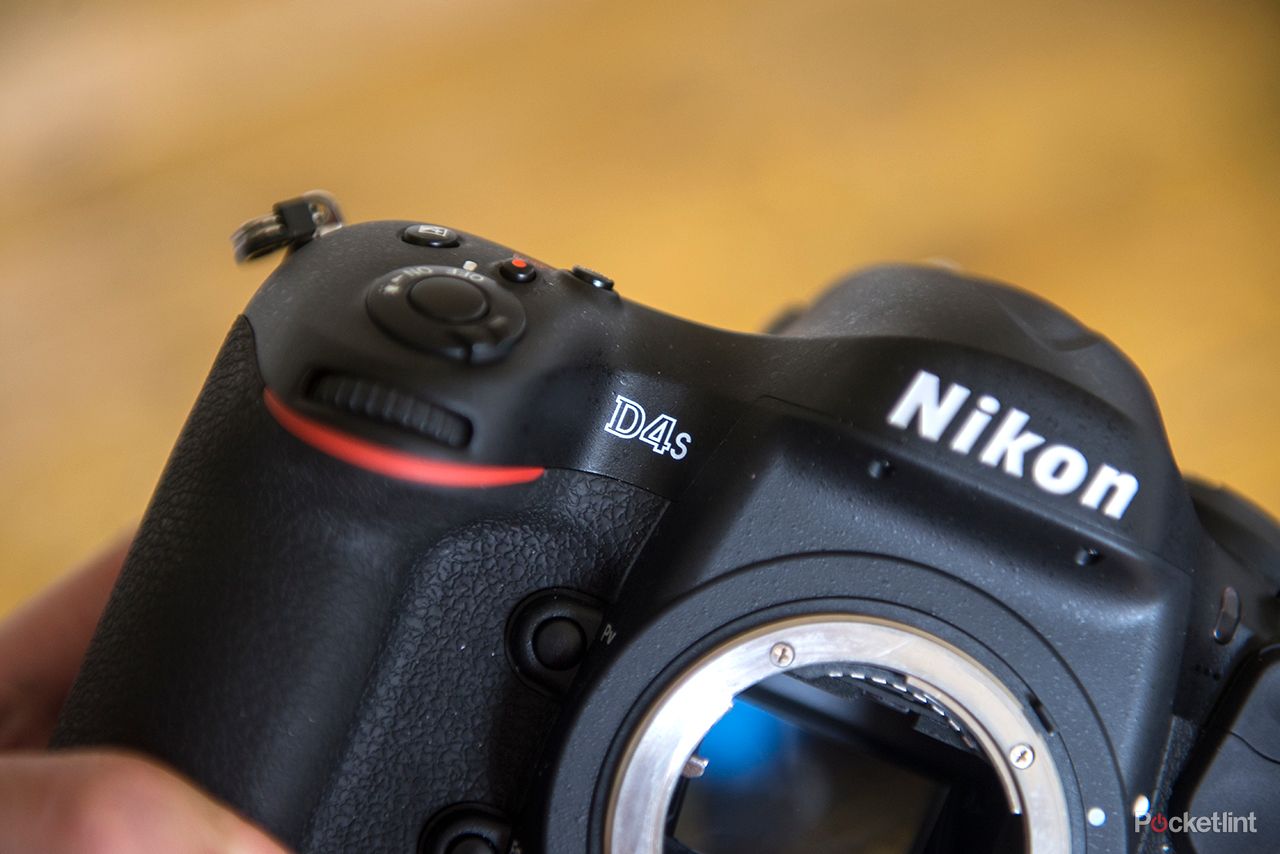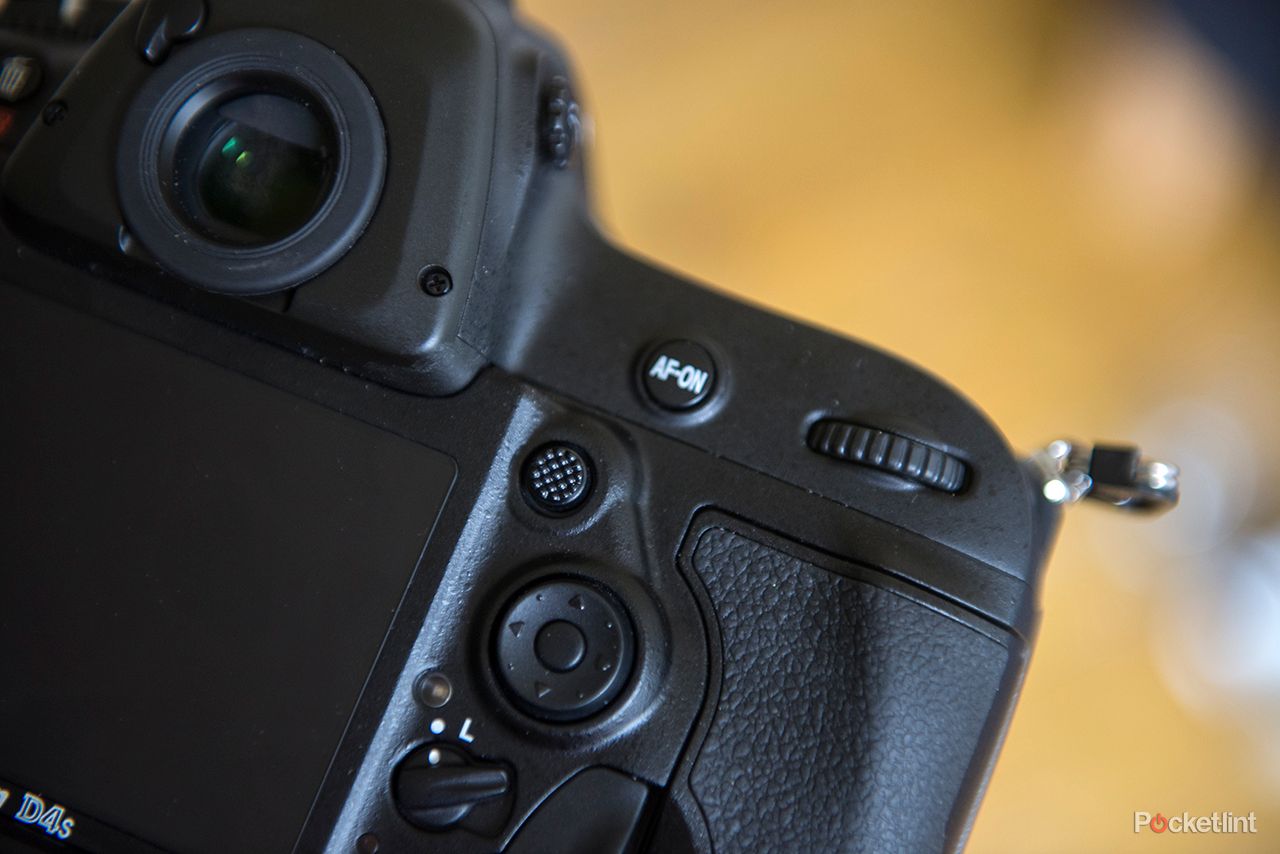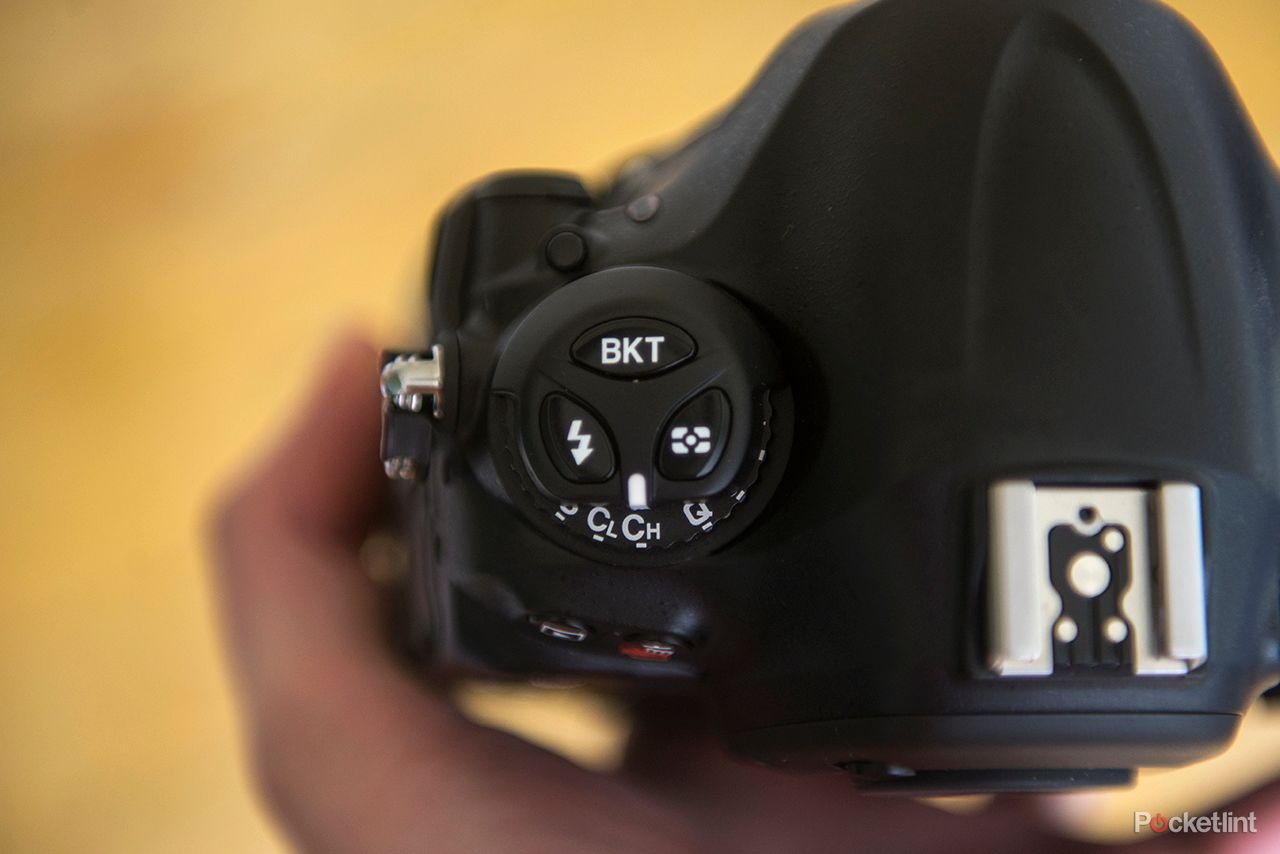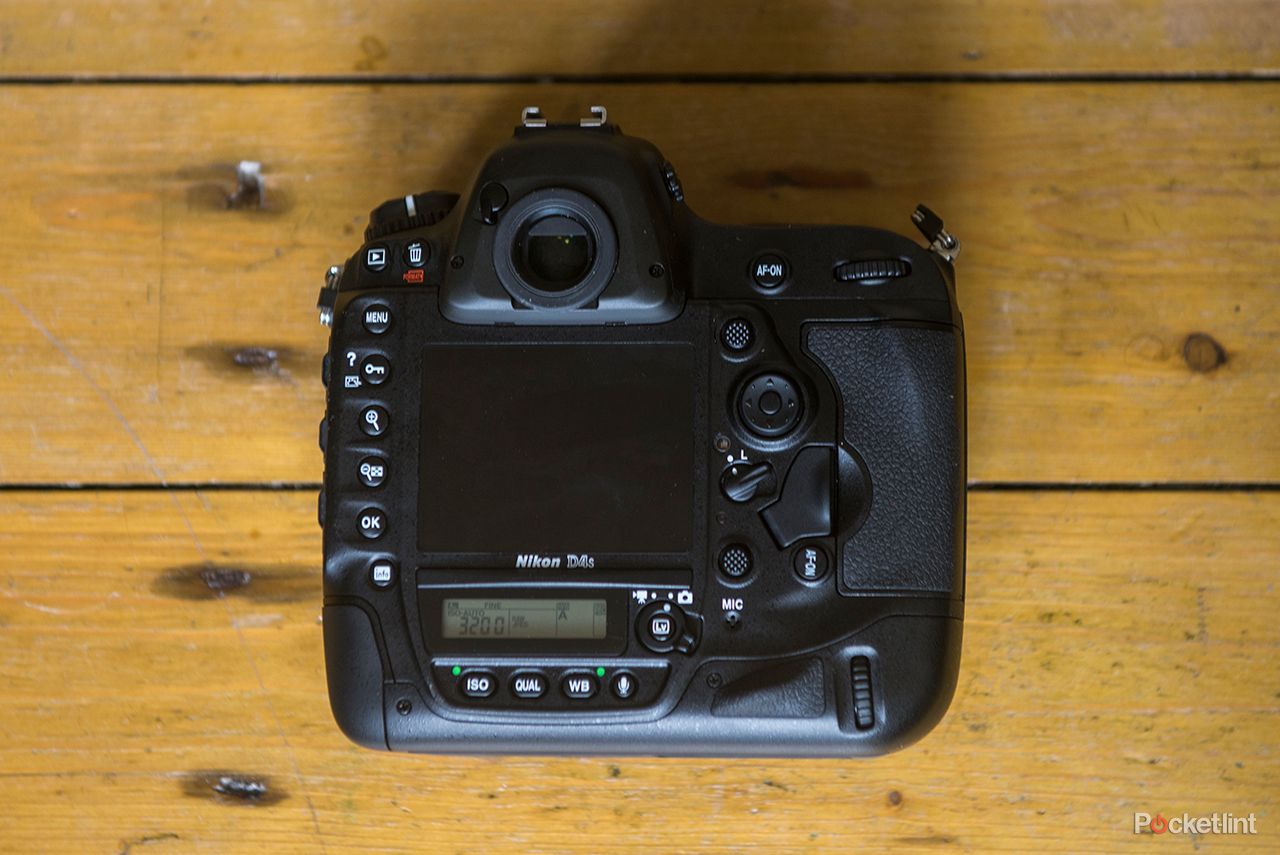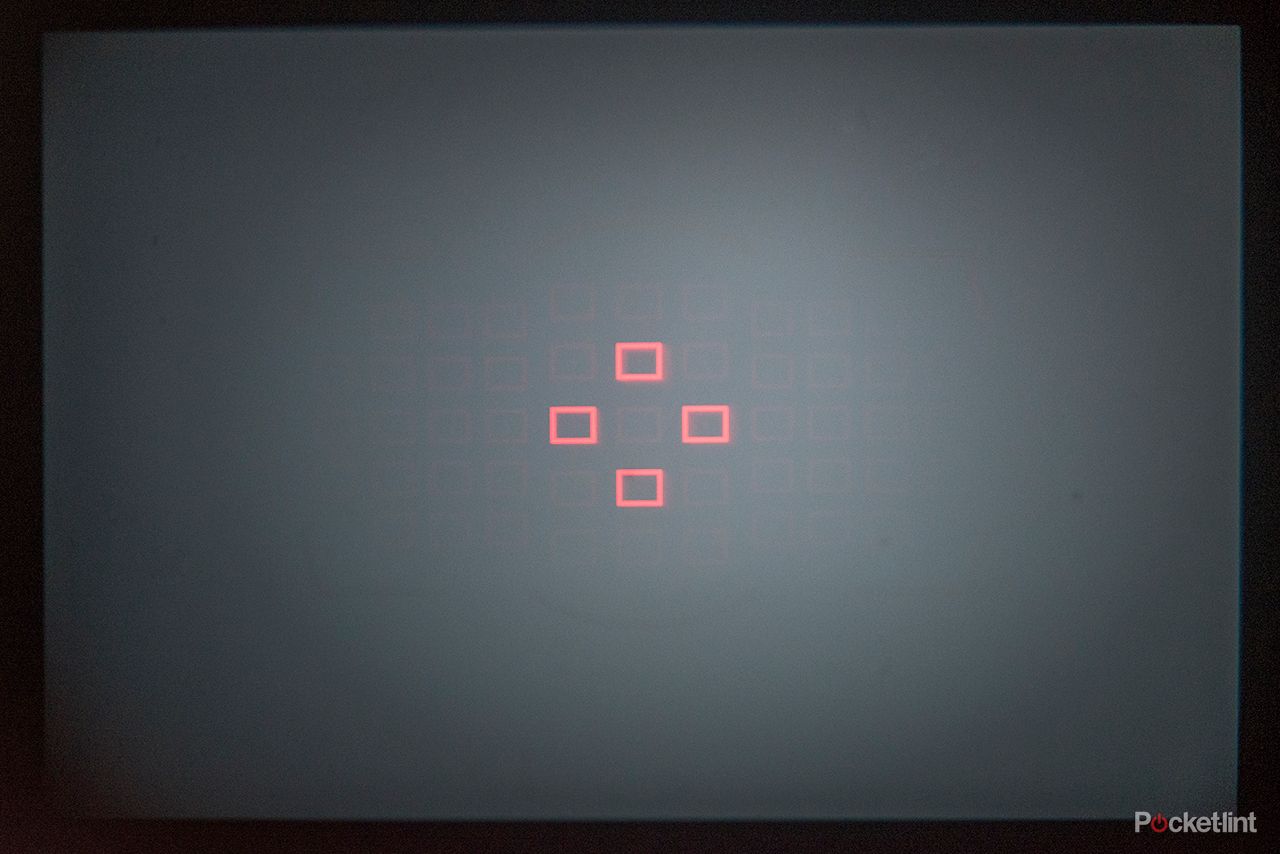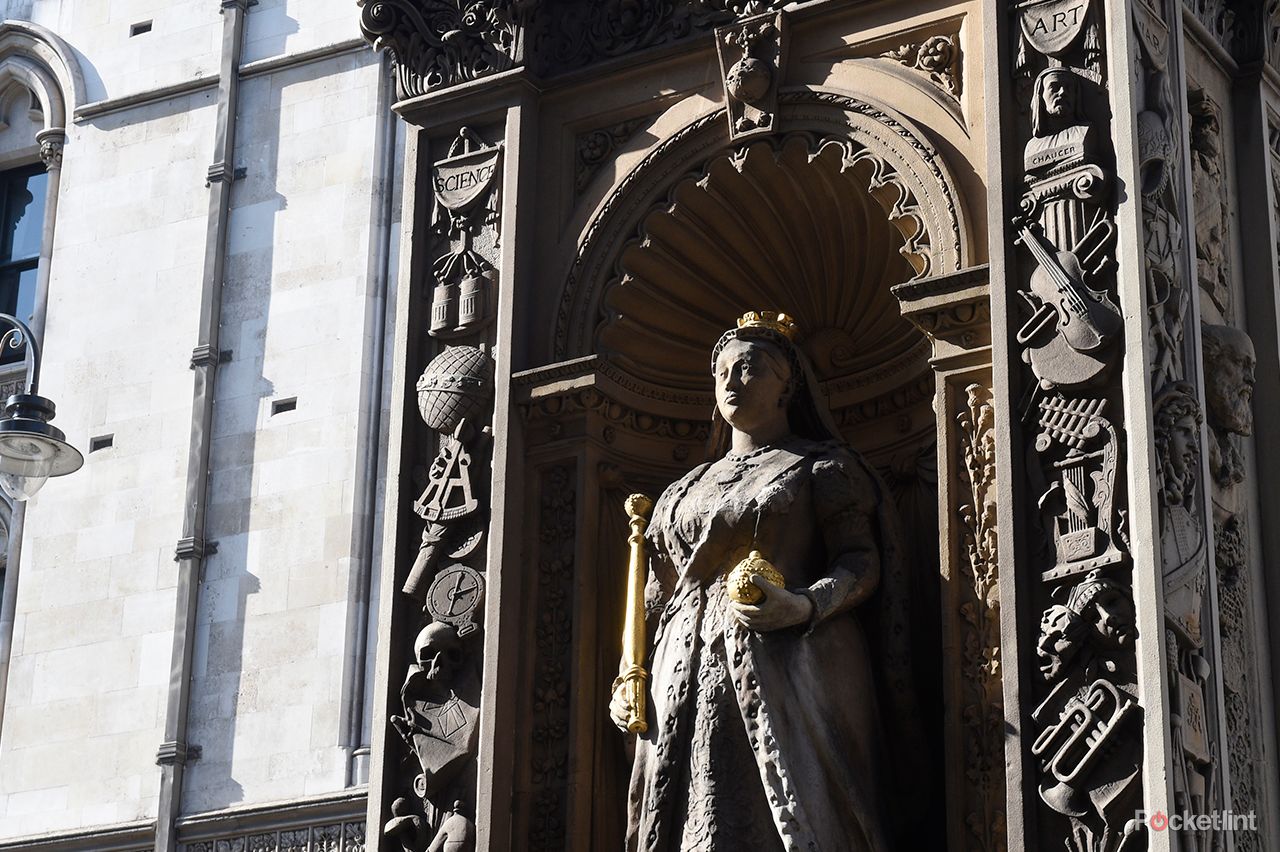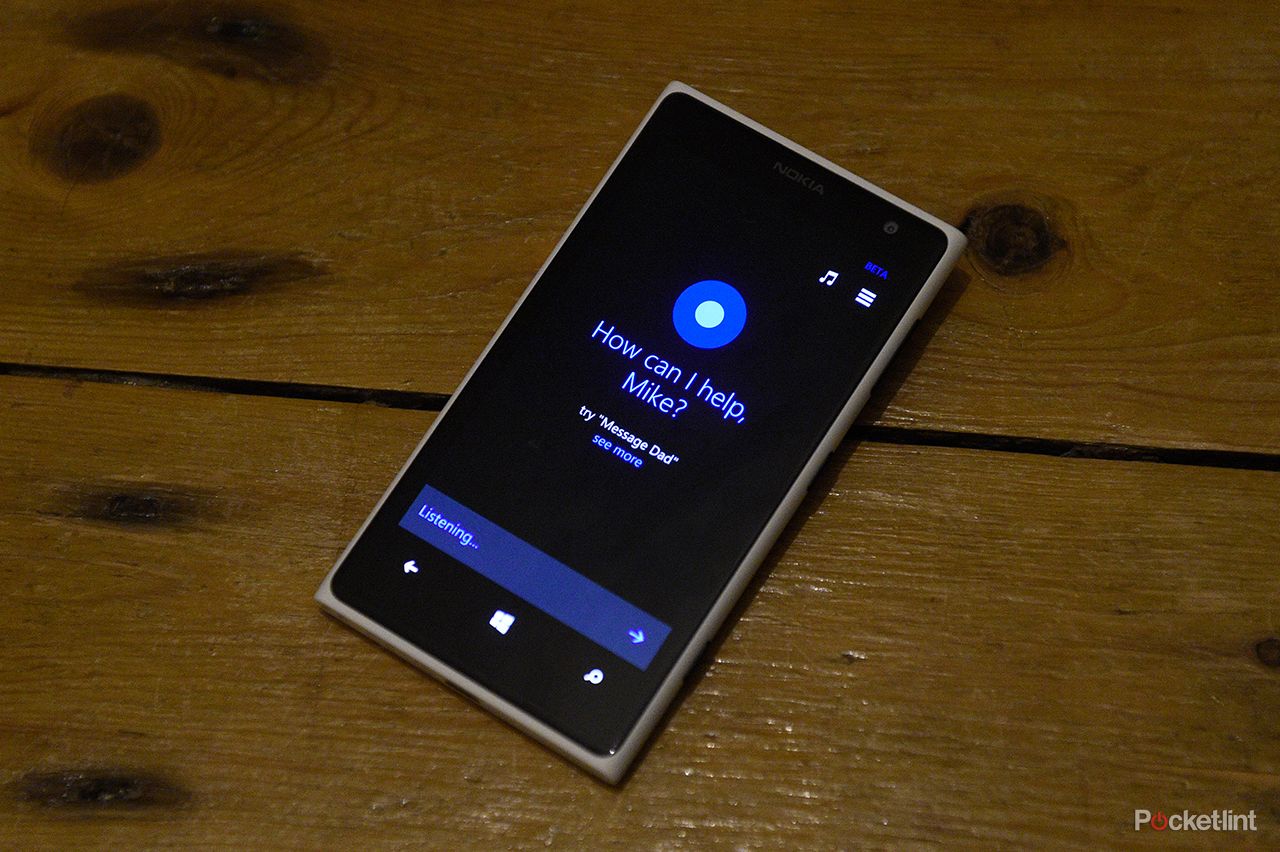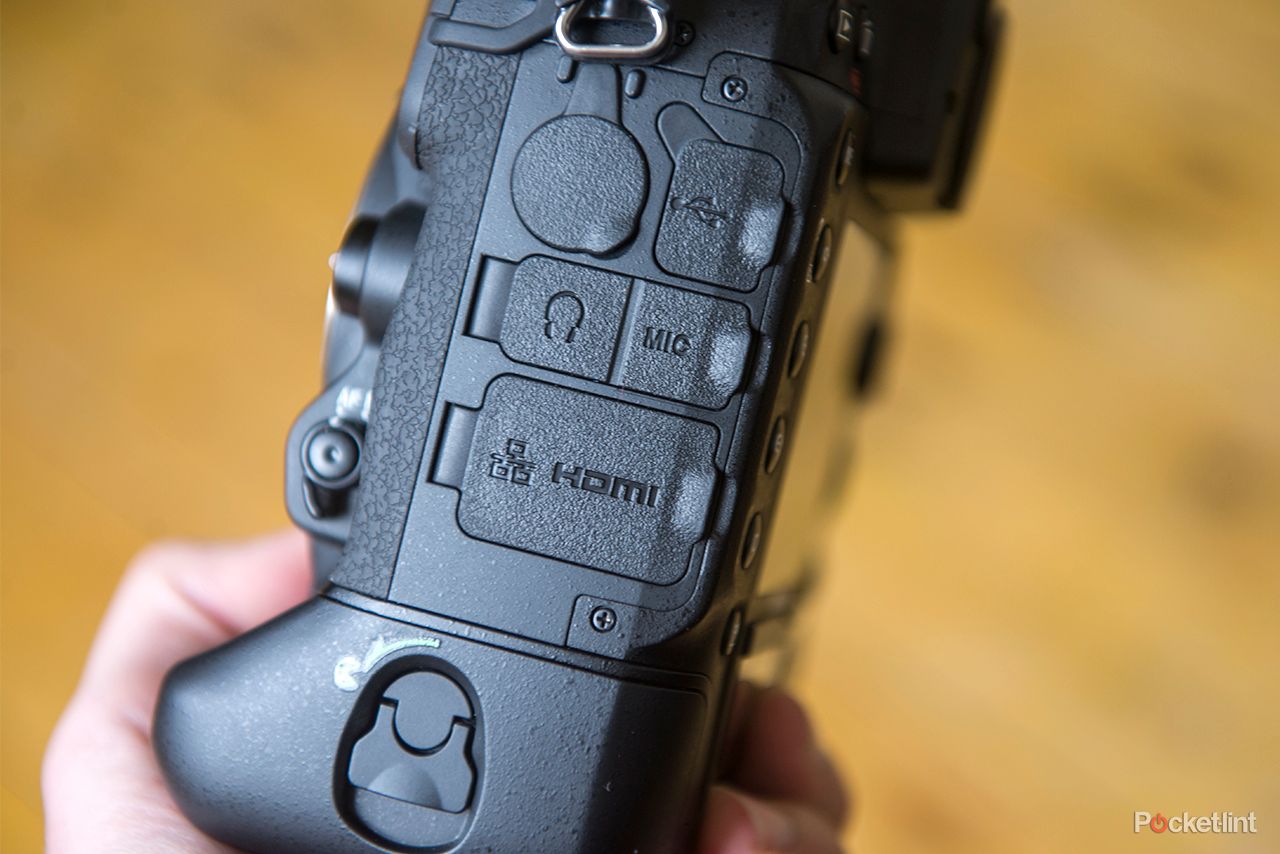The Nikon D4S created a lot of buzz when it was first teased at the Consumer Electronics Show 2014. The pinnacle of Nikon's pro DSLR lineup, it arrives some two years after the earlier D4 model, touting faster performance and autofocus system updates to further bolster its abilities.
Our quick take
The Nikon D4S is an evolutionary rather than revolutionary continuation of the earlier D4 model. But that's not to take anything away from it: as full-frame professional cameras go this is as good as they come.
Faster burst shooting, a bump in battery life and an autofocus system that we're yet to see bettered are all positives, while excellent image quality is in the same ballpark as the D4 rather than a significant jump forward.
Shoot at the "normal" ISO settings - the extended settings become absurd, with ISO 409,600 essentially useless - and results are excellent, but it's the D4S's ability to assist in getting the shots that matter that makes it such an exceptional bit of kit.
For the average consumer it's the Ferrari of cameras: out of reach in both price and realistic use. For the pros out there it will be a potentially priceless tool, albeit one that only a handful will see as an immediate upgrade necessity.
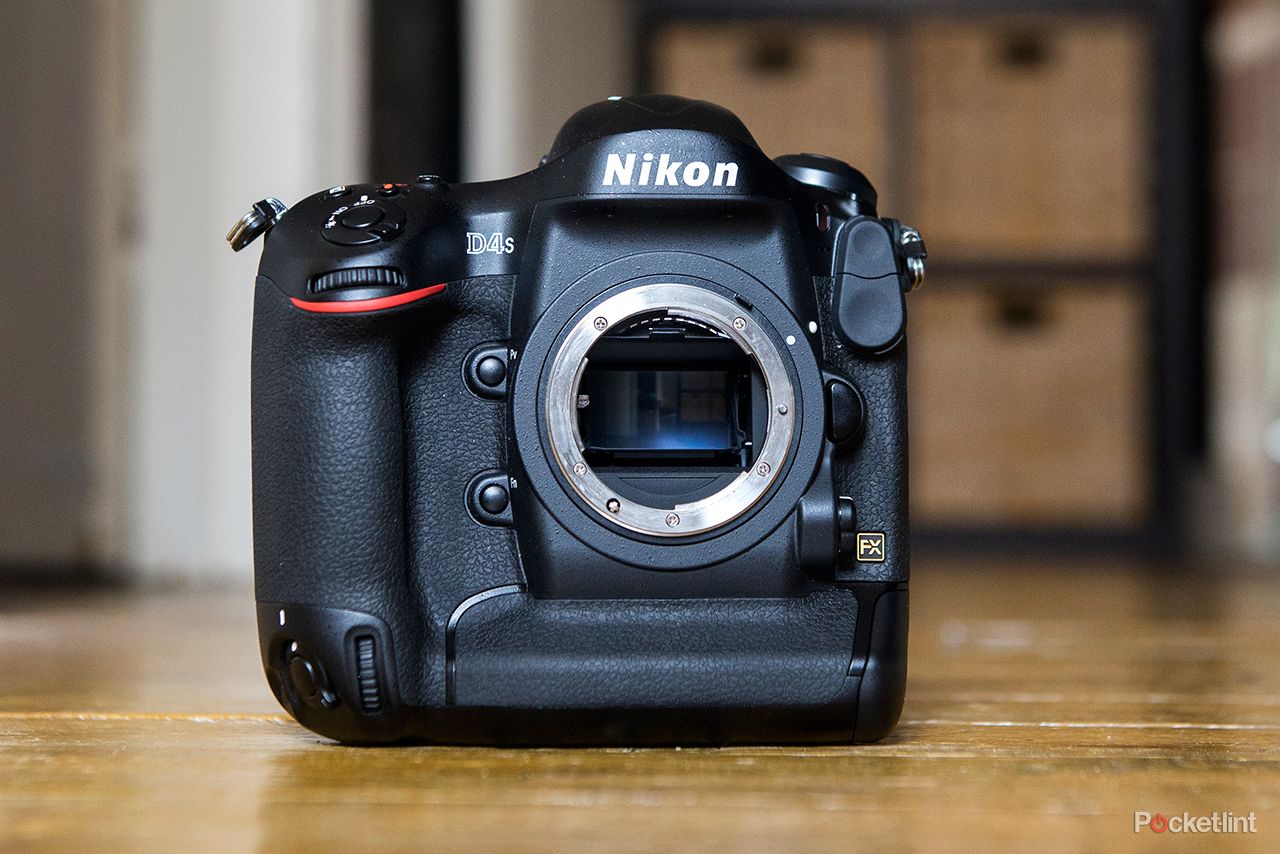
Nikon D4S - 5.0 / 5
| FOR | AGAINST |
|---|---|
|
|
There's a revamped sensor on board too, seeing some improvements to the base 16.2-megapixel one from the D4, including pairing with the latest Expeed 4 image processing engine.
The D4S is all about speed rather than crazy amounts of resolution, with a rumoured Nikon D4x likely to sate the appetite of high-res hunters in the not-too-distant future.
Having used the original D4 for a full year, our big question surrounding the D4S is whether its apparently subtle updates equate to a significantly better experience?
Design
The Nikon D4S is a bit of a big beast, but then you probably knew that already. This is no casual shooting machine, as the £5,200 body-only price attests.
Although it's large, it's a well thought out piece of kit. The weather-sealed magnesium alloy frame makes it one sturdy customer, while a textured rubberised grip is comfortable in both portrait and landscape orientations. There are shutter buttons for both positions too, which fit to the finger naturally whichever way you're shooting. The physical size means you'll never have stray fingers flailing away from the body either - it's a solid grip each and every time.
Compared to the D4 there's very little exterior difference to the D4S. The rear joysticks have a considerably "sharper" texture which makes using them more defined, but that and a slight modification to the grip are just about all. That's no bad thing though as it's hard to find fault with the ergonomics as they were and these subtle adjustments go one better in the new model.
READ: Nikon D4 review
We would have liked to see the D4S benefit from a greater boost in its specification though. Despite a faster Ethernet port - it's Gigabit 100/1000TX compatible - there's still only a "high speed" mini USB port, not a USB 3.0 out, and wireless transmission means buying the WT5 accessory as it's not a built in feature.
Another example is the 3.2-inch LCD screen: its 921k-dot resolution is fine, but it's a step behind the higher resolution panels found in some cameras less than a fifth of the D4S's price.
And with just one CompactFlash slot and one other XQD slot the D4S is in that unusual position of seeming almost indecisive with its storage media. No other cameras use XQD.
Super fast
But it's in the core photography areas where Nikon has focused its attention. The D4S can shoot at full resolution at 11 frames per second with continuous autofocus. That means continual focus and metering monitoring throughout at 11fps, not the 10fps of the original D4.
But hang about, an increase of just one frame per second? It's still not as fast as the Canon 1D X and its 12fps maximum. Now that statement won't make you go and sell all your Nikon glass and switch systems, and in real terms it means relatively little (with less than 50 per cent battery the 1D X is limited to 10fps, for example). Much the same could also be said about the 10 per cent jump from D4 to D4S too though.
READ: Canon EOS 1D X review
The thing that does matter is just how well the D4S works in this mode. It a sterling job at 11fps. Shooting from the sidelines at the London Marathon the clattering rapid fire of the shutter meant we caught everything. Runners mid-blink in one shot would have open eyes in the next frame; a burst of shots added that extra security for picking the best moment out of the pack when it really mattered.
The D4S has a new damping mechanism to reduce bounce which should see shots upward of 1/1000th sec be on the money each and every time. We never had a problem with the original camera, but we have to say watching Nikon's shutter mechanism comparison video is a bit of geeky fun.
With a top spec memory card on board there's little limit to burst shooting either. It's possible to capture over 100 raw files in succession. New options such as a small raw file option also mean it's possible to capture 176 12-bit files in succession over a mere 16 second period. That's more than the original D4 could capture when set to JPEG Fine only. You'd have to have a scattergun approach to ever find the D4S's limit in practice we would think - we certainly haven't ever caused the buffer to seize up in the real world.
With all this speed at your fingertips you'll want a camera that lasts. And battery life in the D4S is positively insane. It feels indefatigable, with in excess of 3,000 shots per charge proving no issue.
Autofocus boost
Shooting lots of frames is one thing, but if the autofocus falters then it will mean relatively little to a sports photographer. The original D4 was one serious cookie in this department and we feel the D4S is a step ahead. It's really quite something.
The 51-point system follows the same arrangement as the D4, which does mean a somewhat centralised arrangement, although the left-right (up-down in portrait orientation) coverage is ample. The system is sensitive to -2EV, so we've found low-light capture to be no problem, even though some competitors now offer better low-end exposure functionality based on specs of -3EV or ever more.
So why is the D4S better than the D4? There are tweaks to autofocus activation which is quicker and the system is said to be more accurate than the earlier camera. We've not performed a side by side test between the two, nor would we have the implements to test this, but as long time users of the original D4 our verdict comes from usage. And it just feels right. In all of our use the D4S has excelled at anything thrown at it, it's such an immediate response that sometimes it feels like you've fired the shutter before even thinking. It's so fast. We've not used anything better.
Another new feature is the "group" autofocus mode which bunches together five AF points. In this mode the centre point remains transparent while the surrounding four are illuminated in red. You can use the rear joystick to reposition this grouping across the given 51-point array, making it a useful guide to encircle a subject you are tracking while ensuring your eye can always remain on the target.
This option joins the existing auto and single point modes in single autofocus and the additional 3D tracking and dynamic 9-, 21- and 51-point options found in continuous autofocus operation. Just like its predecessor they're all lightning quick.
Image quality
Nikon's choice to maintain the 16.2-megapixel resolution in its premier DSLR may sound baffling when resolutions continue to rise, but the aim is for the best balance of clarity, dynamic range and maintaining colour in the face of noise reduction algorithms.
The D4S does benefit from a revamped sensor, taking the base unit of the D4, improving the light capturing properties of each sensor node and pairing with the more advanced Expeed 4 engine.
Do we notice a giant leap in image quality between the two cameras? Not really. A cigarette paper could separate the two cameras.
Raw files between the two look one and the same to our eyes, with a marginal clean up in presence of image noise in JPEG files thanks to Expeed 4. It's not such a stark difference that you'll distinctly notice, although it could be seen as a 1/2 stop improvement in some cases.
It's subtle things that appear different. Colours remain richer at the higher ISO sensitivities and that put the D4S a whisker ahead, although sometimes auto white balance will err on the side of warm. JPEG files certainly exhibit more contrast then their raw counterparts too - perhaps too much contrast in brighter conditions - but are also sharper thanks to processing. In general shots look top notch straight from camera and the availability of 14-bit or 12-bit raw files leaves stacks of data to pull the most out of should you need it.
Nikon certainly has considerable confidence in the new sensor. So much so that its opened up the rafters when it comes to extended ISO options. With ISO 100 - 25,600 sensitivity as standard, the maximum extended option of ISO 409,600 is, well, just insane. It produces an image, that much is true, but it's not a setting we could see anyone really using due to the diminished quality.
That said results in the "normal" ISO spectrum are great. Shoot through to ISO 3200 with little concern for image noise, meaning even low light handheld work is possible. As to be expected at this level. We've even been using the camera for product photography on the site with a cropped ISO 8000 shot (-1.3EV, so ISO 3200 equivalent) of Cortana on Windows Phone 8.1 passing by just fine at a downscaled resolution.
At the other end of the spectrum shots at ISO 100 are very clean, while the inclusion of an ISO 50 extended setting will be good news for those looking to get the most out of wider apertures in bright conditions.
The tech world moves fast so the subtle tweaks in resulting image quality between the D4 and D4S show that, if anything, we're reaching a maximum point of performance in image sensors. That's not to play down the results though: this is as good as 16-megapixels on a full-frame sensor get and the D4S is an outstanding camera for its ability to assist you in getting the shot in the first instance.
Movie mode
The boost in processing performance sees the D4S more capable in its movie capture department too, now capable of 1080p capture of 60fps - double the frame rate of its predecessor. Options for 50/30/25/24p capture are also available at this resolution.
There are other tweaks that see the overall user experience improved. It's now possible to use ISO Auto control in manual mode and adjust audio levels during recording.
As before it's possible to use the full span of the full-frame sensor, or there's a pixel-for-pixel 1920x1080 mode that provides a 2.7x magnification and doesn't need to bin any pixels in processing. Using just a 50mm lens, for example, it's possible to shoot a 1080p movie at a 135mm equivalent without quality loss just by adjusting the menu settings. As the central portion of the lens is the point of capture it's likely sharpness will be at its best throughout too.
If you have a rig setup then a clean HDMI output means uncompressed capture is possible, although be cautious to "sensor wobble" and if you are so much as thinking of using autofocus then the available live view is just ok at best. Not that you would opt to use it.
No sign of 4K capture is a bit of a shame given cameras such as the Panasonic Lumix GH4 are now pushing into Ultra HD territory. There's no distinct reason given for its absence, our presumption is that overheating would be a problem. Or perhaps Nikon is saving itself for something extra special.

